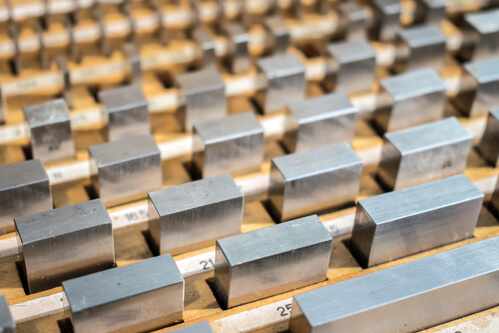Steel gage blocks or ceramic gage blocks – which to choose? Before we get into that, let’s take a quick look at gage blocks themselves. First of all, what are they?
Steel Gage Blocks vs. Ceramic Gage Blocks

12
Sep




